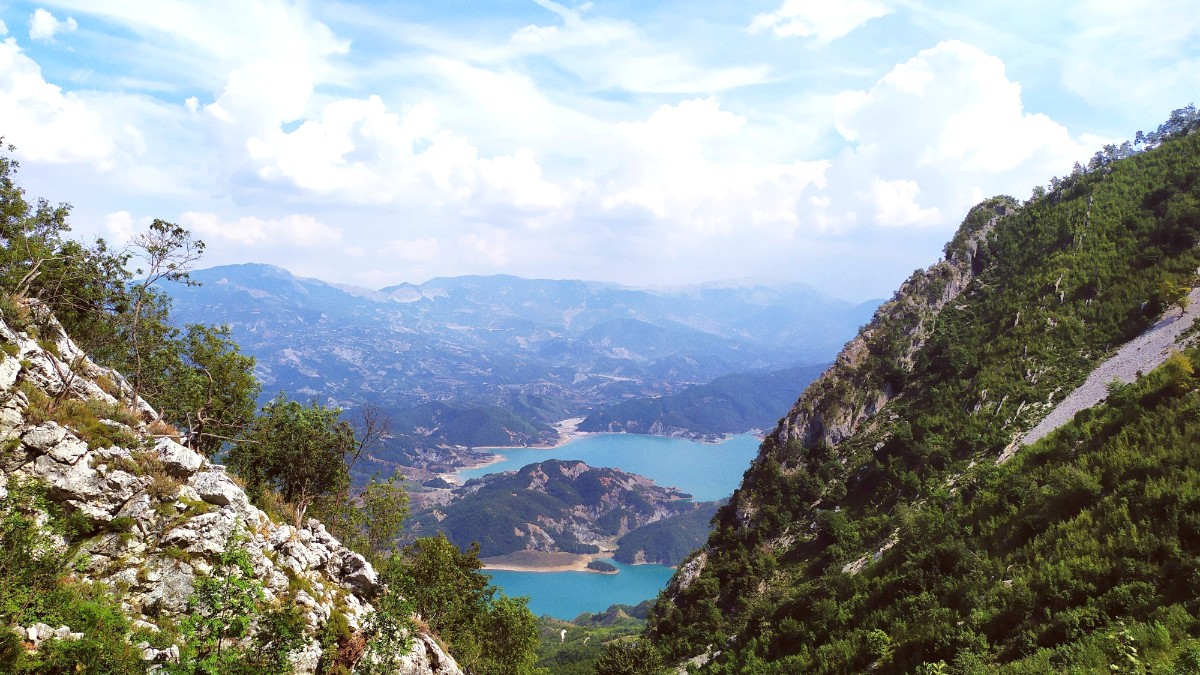
Albania
Durres boasts a few truly iconic landmarks that are testament to its long and rich history. These are must-visit sites for any traveler to the city.
The city's past dates back over 2,500 years, beginning as an ancient Greek colony and evolving through Roman, Byzantine, Venetian, and Ottoman periods.
The Amphitheatre, discovered in the 1960s, is partially excavated and strikingly integrated into the modern city's fabric.
Housed in the birthplace of Aleksandër Moisiu, demonstrating traditional Durres life, local costumes, and artisan crafts.
Former summer residence of King Zog I, perched on a hill overlooking the city and Adriatic Sea. Currently in disrepair, mostly viewable from outside.
Smaller, local art exhibition spaces feature contemporary Albanian artists, local painters, and sculptors.
While the Archaeological Museum is a must-visit, exploring the Ethnographic Museum presents a different cultural perspective.
Inquire locally about current exhibitions or gallery openings if interested in contemporary art.
Durres is a city built upon layers of history, with remnants of ancient and medieval times scattered throughout its urban landscape. Exploring these sites brings its long past to life.
Fragments remain of the ancient and medieval city walls. The most prominent surviving section is the Venetian Tower, which often houses a bar or restaurant within its walls.
The foundations of the ancient city's marketplace are visible in the modern city center, providing further insights into urban planning of ancient Dyrrachium.
Built in 1931, the Great Mosque is a significant religious landmark with distinct Ottoman-influenced architecture.
This prominent Catholic church is another important religious and architectural landmark in Durres, reflecting the city's diverse demographics.
Walls and the Venetian Tower are freely accessible. Respectful attire is advisable for mosque entry; remove shoes before entering.
The Archaeological Museum (see Section 8.1) presents context to these historical sites with thousands of unearthed artifacts.
The main cultural institution for understanding the city's ancient past, housing thousands of artifacts unearthed.
Housed in the birthplace of Aleksandër Moisiu, it showcases traditional Durres life, costumes, and crafts.
Former summer residence of King Zog I, perched on a hill overlooking the city and the Adriatic Sea.
Remnants of ancient and medieval times are scattered throughout its urban landscape. Exploring these sites brings its long past to life.
Beyond its historical sites, Durres presents attractive natural features, mainly its extensive coastline and beaches, offering opportunities for relaxation and enjoyment of the Adriatic Sea.
Durres boasts the most famous and popular natural attraction, Plazhi i Durrësit, a long stretch of sandy beach extending south of the city center.
The most famous and popular natural attraction, characterized by its wide expanse of fine sand and shallow, calm waters.
Located north of the city center, it presents a slightly different experience, known for often clearer waters and a calmer atmosphere.
A smaller lake situated to the west of the city, near the coastal area but slightly inland. It offers a natural escape from the urban environment.
The main seaside promenade in Durres, it runs for miles right alongside the Adriatic Sea.
Discover waterfront strollsThe promenade displays continuous scenic views, especially beautiful at dawn or dusk.
Find photography spotsThis area is perfect for a leisurely stroll and enjoying the invigorating sea breeze.
Browse relaxation activitiesPublic access to the beach is free, with many beach clubs operating along the strip offering amenities.
Find beach amenitiesThe shallow, calm waters make Plazhi i Durrësit ideal for families with children, displaying a safe environment.
Plan family beach dayWhile Durres is known for its main attractions, the city also holds some lesser-known spots that present a more authentic experience for those willing to explore.
These hidden gems present unique perspectives on local life and history, cultivated for those who step off the beaten path.
These hidden gems provide unique perspectives on local life and history.
Your presence, even as a visitor, generally meets with curiosity and warmth.
A smooth visit to Durres involves understanding peak seasons, currency, safety guidelines, and local transport.
Durres experiences distinct seasons, each offering different advantages for travelers.
General safety practices and health precautions contribute to a trouble-free journey.
Travel insurance is always a prudent consideration for international trips.
Navigating Durres is straightforward with its local transport options.
Consider renting a car for exploring beyond the city, but be aware of local driving styles.
Basic language and connectivity advice for seamless interactions.
The effort to speak Albanian is often met with warmth and appreciation from locals.
Visit the Main Market in the morning for the freshest selection and most lively atmosphere.
Albanians are known for their warm hospitality; embrace interactions with locals.
Seek out smaller, local spots for a more authentic and intimate experience of Durres.